Hiking Through the Rigidity of Parkinson's
Despite having Parkinson’s, I love to go hiking to stay active. I get to push out my energy as I surround myself with trees. If I’m lucky, I get to see waterfalls, vistas, or desert canyons. During a great hike, bears, deer, turkey, foxes, and coyotes will say hello to me. In the same way that some people enjoy Rock Steady Boxing, swimming, yoga, or dancing, I like challenging my legs and lungs with walks across forest paths, boulders, snow, desert, and paved paths to arrive at some grand destination.
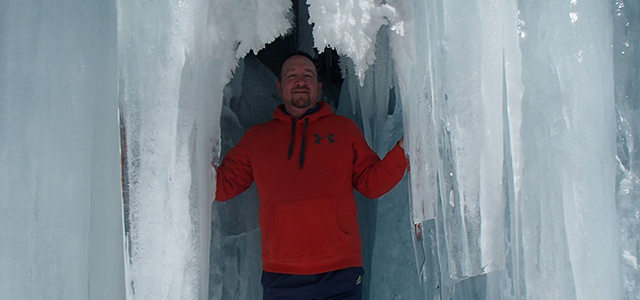
To me, experiencing the world is something that defines me. If I give it up now, then Parkinson’s wins the game. I’m not letting that happen. As a result, I will continue to do it, though I do have certain rules for myself.
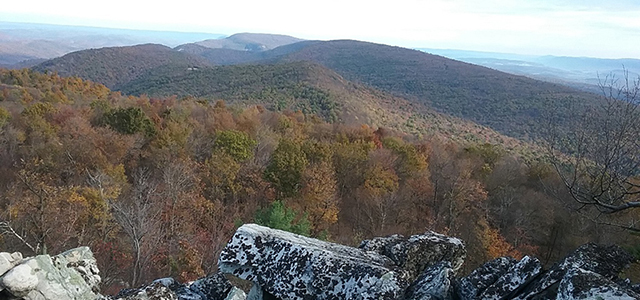
Try to go with others
While it’s not always possible, having a friend with is great for conversation and sharing the hiking experience. It’s also good if we need assistance with any problems. In more remote spots, this is a given. When your companions know your limits, they can challenge you in healthy ways or help you make peace with your uncertainty. This leads us to…
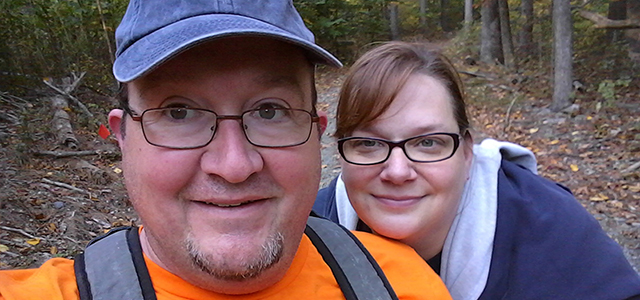
Risk vs. reward
In the early days of Parkinson’s before my diagnosis, I went hiking on some pretty extreme pursuits. I used crampons to hike in the snow and ice, and I once scaled a 12-foot frozen waterfall. I’ve also climbed up running waterfalls. However, with dystonia in my left foot and a much less balanced walk, I find myself asking questions like, “Is the risk worth the reward?” If I’ve done it in times past, the answer is usually no. I’d rather be alive than a Popsicle. Here, I tell myself that there are other new and fun things to do. Nevertheless, sometimes we need to push harder to show that we still have it. Testify!
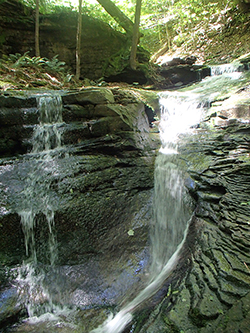
Have the right equipment
I love my trekking poles. They provide balance and oomph while hiking. I’ve used them since the early days of my tremors, though not because of Parkinson's. Now, I wouldn’t be hiking without them since they get me up to the top of the many mountains that exist between myself and my goals.
The same can be said for my backpack with water, food, first aid equipment, bear spray, and other necessary things to go from point A to point B. Water helps fight off hyperhidrosis, which is the excessive sweating some of us Parkies have. For me, I can drink more than two times as much water on a hike as other people. I don't go hiking without more than I need.
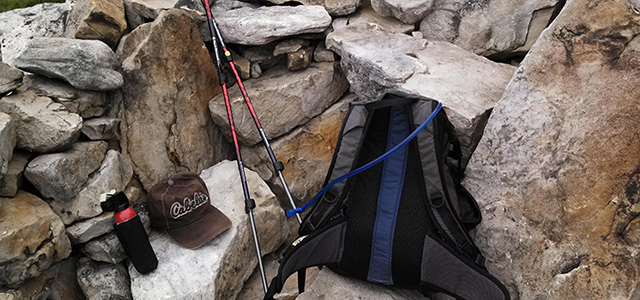
Stay on the beaten path
Not only is this forest etiquette (leave no trace), but taking shortcuts while hiking is a recipe for getting lost, especially when it comes to being emotionally overloaded. This is not a good place to be. Whether you’re a half mile back into the woods or several miles up a mountain, it’s best to be in complete control of your hike. Follow the blazes.
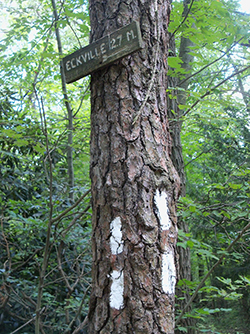
Hike your own hike
We’re not exercising to set records. When people hike, it’s about enjoying fresh air, seeing the sights, and taking pictures while leaving our cares behind. The cardio and leg strengthening is just a bonus. Think before you do. Watch your step. Enjoy the scenery.
In the end, only you can choose the exercise that is right for you. Nevertheless, if we go back to physics, an object in motion remains in motion. We can control some of our rigidity, and we can walk the path to happiness.
It may involve screaming at our emotions or exhaustion to get started, but in taking ourselves back, be it to wander the mall or to swim at a retirement home pool, we can make strides toward all things positive. Additionally, we can push back against the bully in our brain that has left us in a “new normal.” Whatever the reason, the answer is to keep moving as much as we can, as long as we can.
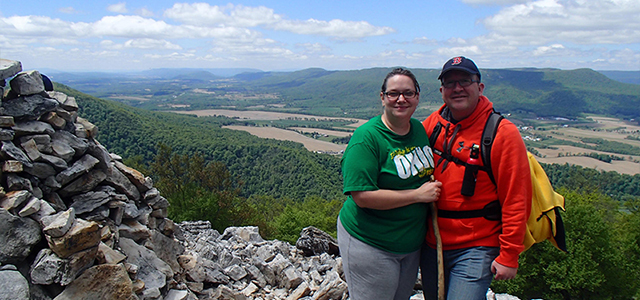

Join the conversation